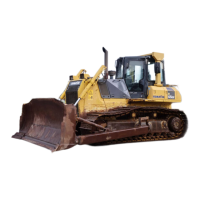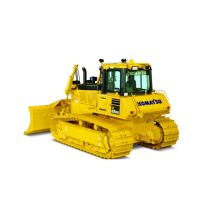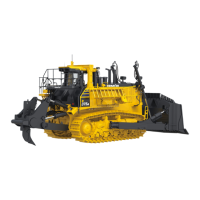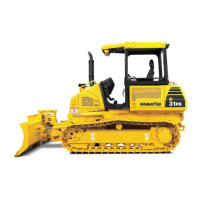BATTERY
WARNING
• Battery generates flammable gas. Never bring any open flame near fuel.
• Battery electrolyte is dangerous object. If it gets in your eyes or on your skin, wash it off with a
large amount of water and consult a doctor.
• Battery electrolyte dissolves paint. If it gets on the bodywork, wash it off immediately with water.
• If the battery electrolyte is frozen, do not charge the battery or start the engine with a different pow-
er source. There is danger that the battery may explode.
• Battery electrolyte is toxic. Do not let it flow into drainage ditches or spray it on to the ground sur-
face.
When the ambient temperature drops, the capacity of the battery will also drop. Maintain the battery charging
rate as close as possible to 100%. Insulate it against cold temperature to ensure that the machine can be start-
ed easily in the next morning.
REMARK
Measure the gravity of the electrolyte and calculate the charging rate from the following conversion table.
Electrolyte Temper-
ature
Charging Rate (%)
20 °C
{68 °F}
0 °C
{32 °F}
–10 °C
{14 °F}
–20 °C
{-4 °F}
100 1.28 1.29 1.30 1.31
90 1.26 1.27 1.28 1.29
80 1.24 1.25 1.26 1.27
75 1.23 1.24 1.25 1.26
• When the ambient temperature is low, the capacity of the battery considerably drops. Cover it, or remove it
from the machine to place it in the warm place. Restore it again before the operation.
• If the electrolyte level is low, add distilled water in the morning before beginning the work. Do not add water
after the day's work to prevent diluted electrolyte in the battery from freezing during the night.
OPERATION COLD WEATHER OPERATION
3-275
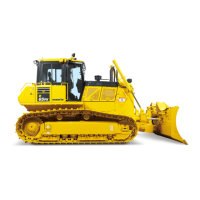
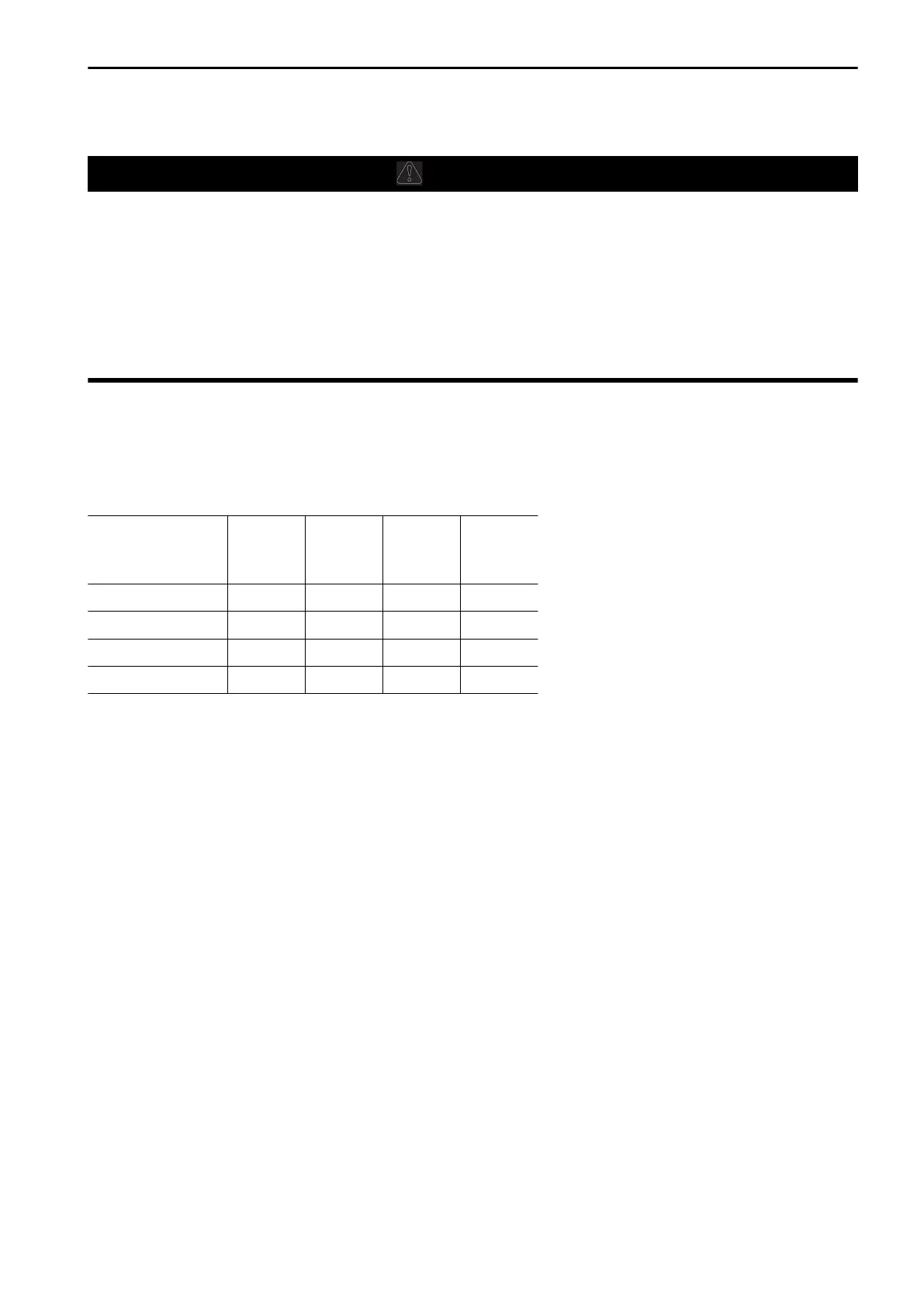